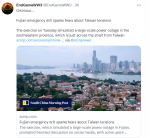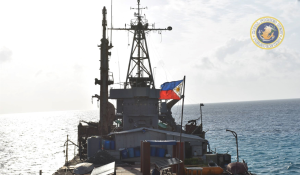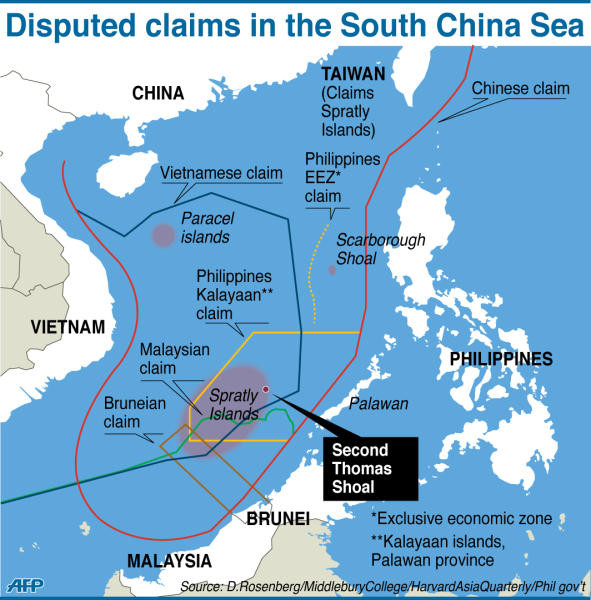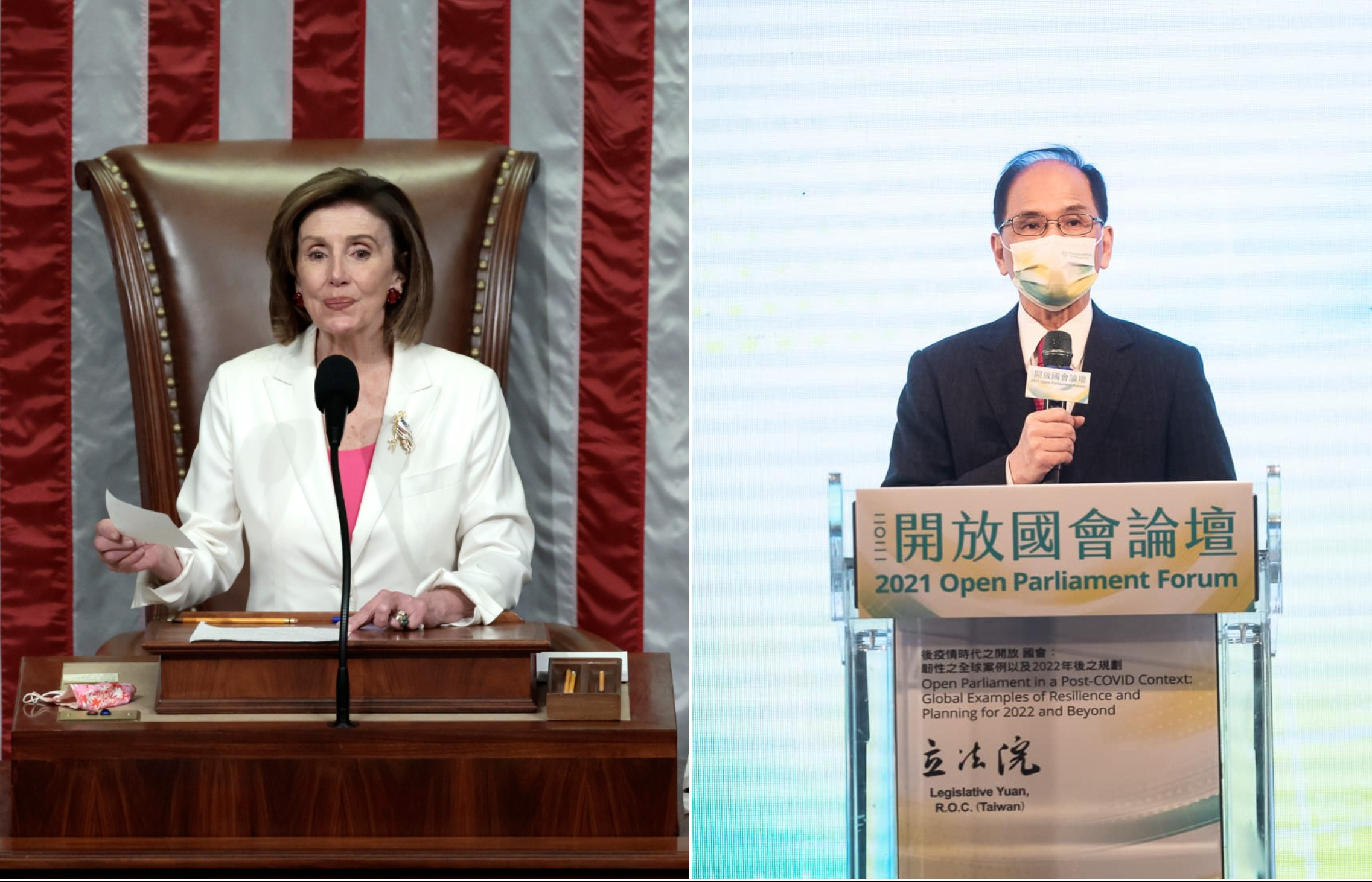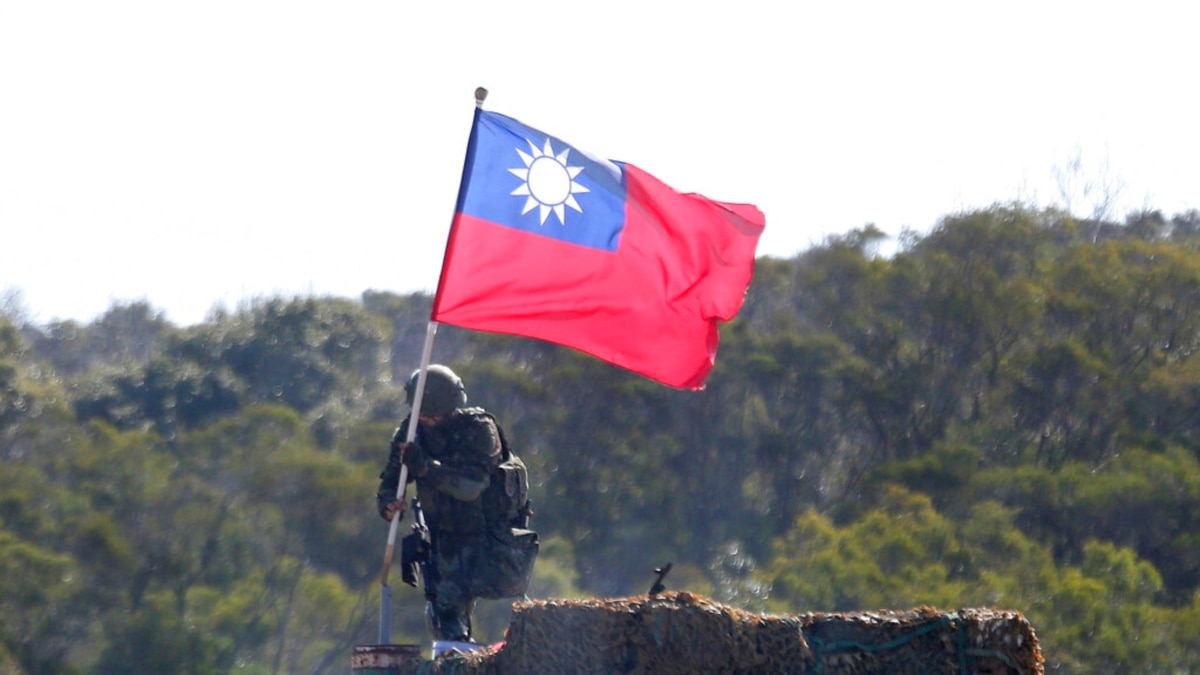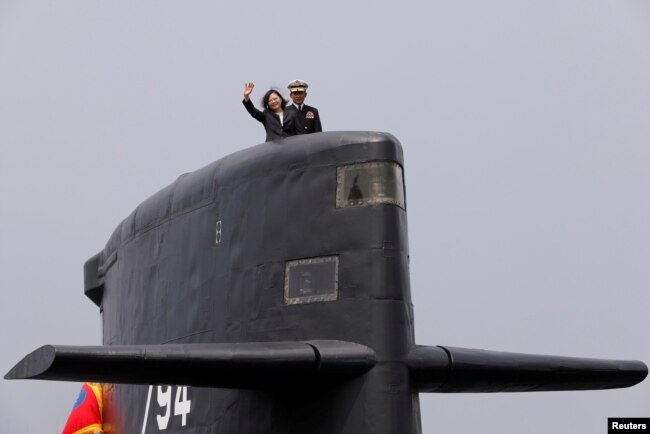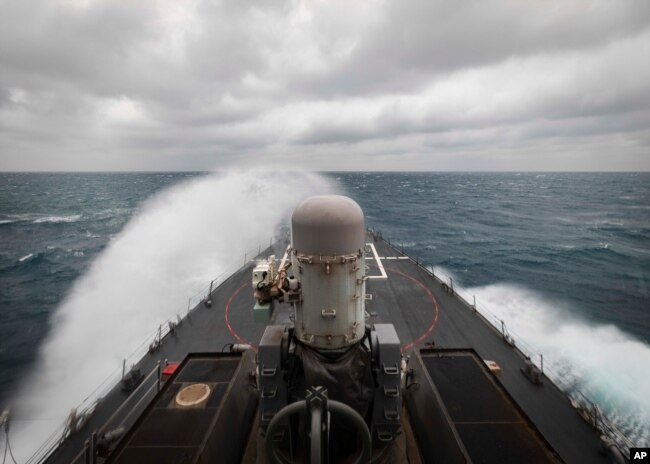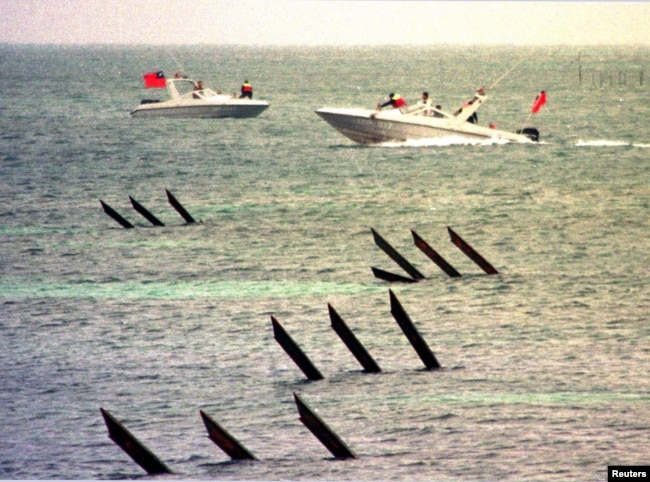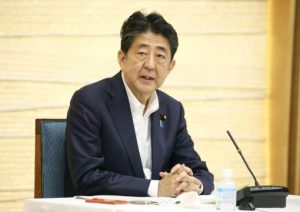Even Duterte Can’t Get Around the Thorn in China-Philippine Relations
The South China Sea continues to be a perennial flashpoint, despite Duterte’s best efforts to keep relations on an even keel.
By
Bonnie Girard
December 01, 2021
The Philippine flag waves aboard BRP Sierra Madre on August 25, 2017.
Credit:
Philippine Navy/Naval Forces West
Footage tweeted by ABS-CBN News out of the Philippines on November 18 showed two Filipino boats
being blocked and sprayed with water cannons by two Chinese coast guard vessels during a mission to resupply the Filipino BRP Sierra Madre ship and outpost at the Second Thomas Shoal in the South China Sea on November 16. As a result, the Philippine government filed a diplomatic protest against China, Philippine Foreign Affairs Secretary Teodoro Locsin said on November 18.
China has long demanded that the Philippines remove the BRP Sierra Madre from the shoal, which is in the Spratly Islands. The Philippines has adamantly refused. The ongoing presence of the ship, which was intentionally grounded on the shoal in 1999, represents the latest flashpoint in an increasingly fractious contest between China and the Philippines over sovereignty of key waters and islands in the South China Sea.
The question of sovereignty over the Second Thomas Shoal was one of the legal points settled in an international tribunal’s arbitration ruling in 2016, in which the Philippines overwhelmingly won the case it put forward contesting China’s claims and actions in the South China Sea. Despite being a signatory to the United Nations Convention on the Law of the Sea (UNCLOS), the international treaty that establishes a legal framework for maritime activities worldwide, China has vowed to never accept the ruling about how UNCLOS applies to the South China Sea disputes.
The confrontation near Second Thomas Shoal was not an aberration. Earlier this year, hundreds of Chinese fishing boats showed up in South China Sea islands and islets,
particularly at Whitsun Reef, which, like Second Thomas Shoal, sits within the Philippines’ Exclusive Economic Zone (EEZ) but is claimed by China. At that time, Locsin
tweeted out, “China, my friend, how politely can I put it? Let me see…O…GET THE **** OUT.”
Worried that the Chinese were about to permanently occupy the islands, the Philippines sent in its navy and coast guard. This prompted a response from Beijing demanding that the Philippine ships be withdrawn. Philippine President Rodrigo Duterte refused, saying, “I will not withdraw. Even if you kill me. Our friendship will end here.”
Enjoying this article? Click here to subscribe for full access. Just $5 a month.
That show of resolve against China was uncharacteristic for Duterte. Overall, he has gone out of his way to make nice with China since taking up the Philippine presidency in 2016. Examples include attempting to encourage Chinese Belt and Road Initiative investment in badly needed Philippine infrastructure by minimizing the importance of the 2016 arbitration ruling. Duterte has called China an ally; he and his government have walked back comments critical of China. And, in one of his most obvious maneuvers to please Beijing, Duterte announced he would annul the Visiting Forces Agreement, functionally kicking the U.S. military out of the Philippines. That last move was later walked back.
As
Felix K. Chang notes, the last three Philippines presidents have all “faced the same strategic dilemma: How should a militarily weak Philippines deal with an ever more powerful China?”
Two of those presidents, Gloria Macapagal-Arroyo (2001-2010), and Duterte today, have sought to accommodate China. Benigno Aquino III (2010-2016), who preceded Duterte, took a diametrically opposite approach, pushing back on Chinese “encroachments” on Philippine sovereignty. It was Aquino who was largely responsible for taking China’s South China Sea claim to arbitration, as provided for in UNCLOS, in the first place. Duterte, on the other hand, has been keen to quench China’s fury at the decision against it, setting aside the ruling (which China in any case had said it would never accept).
Despite Duterte’s obsequiousness, “China has not tempered its pressure on Philippine-claimed features, like Whitsun Reef, in the South China Sea. Nor has China reduced its military presence in the region,” Chang wrote.
As the
Philippine Star reported, “China’s more than 500 ‘civilian’ Coast Guard ships are equipped with cannons. Fifty have missiles. Two are extra-large, at 12,000-ton displacement, dwarfing the 8,000-ton destroyers of Asian navies. Filipinos are shooed away from traditional fishing grounds with machine guns.”
Indeed, the Center for Strategic and International Studies (CSIS),
in its “grading” of China’s compliance with the 2016 arbitral verdict, found in 2019 that China is in line with “just 2 of 11 parts of the ruling, while on another its position is too unclear to assess.”
Of particular relevance to last month’s incident, CSIS explained:
The Historical View
The relationship between China and the Philippines is complex and has often been confrontational. It is also historical, going back to the Spanish era of control of the Philippines, which began in 1565 and only ended in 1898. When the Spanish arrived in the Philippines in the 16th century, immigration from China began to grow as well. Economic opportunities abounded, and the Chinese immigrants quickly began thriving in retail trade and as artisans.
Subscriptions – The Diplomat
However, cultural issues resulted in conflict with the Chinese; often this has manifested in prejudice against ethnic Chinese.
Spain’s interest in the Philippines was certainly economic, but it was also religious. In Spanish eyes, it was of the utmost importance to bring Catholicism to the people of the Philippines, and many Filipinos became converts. In general, however, Chinese immigrants were not among those who embraced Catholicism. Thus, as Edgar Wickberg wrote, “by about 1600, the Philippine Chinese had come to be regarded by the Spanish as economically necessary but culturally undesirable and politically untrustworthy.”
This attitude prevailed for centuries. As late as the mid-20th century, the Philippines
passed legislation to keep Chinese out of the Philippines economy. The 1954 Retail Trade Nationalization Law attempted to “Filipinize” the retail sector by excluding Chinese nationals from that trade. The Rice and Corn Trade Nationalization Law had similar goals.
Discrimination against those of Chinese descent has abated in recent decades, however. Now though, amid China’s aggressive moves in the South China Sea, some fear that anti-China sentiments might
translate into prejudice against ethnic Chinese who have lived in the Philippines for generations.
The BRP Sierra Madre
The ship at the center of the Second Thomas Shoal controversy started life in entirely different waters. Laid down in September 1944 in Evansville, Indiana in the United States, the ship was assigned to the U.S. Navy’s Asia-Pacific theater of war, seeing action off Okinawa. In 1955, as part of the Pacific Reserve Fleet, it was named the USS Harnett County.
The ship went on to see extensive service during the Vietnam War, and was transferred to South Vietnam in 1970, becoming the RVNS My Tho in the process. After the fall of Saigon in 1975, the My Tho made it to Subic Bay in the Philippines, where it was officially transferred to the Philippine Navy in 1976 and
renamed the Sierra Madre.
Today, this little tank landing ship sits at the center of an international controversy over maritime rights and great power geopolitics. After surviving through two wars, the Sierra Madre continues to serve as a lonely outpost on a deserted shoal in the South China Sea. It may be small, under-manned, and under-equipped, but the ship is there – and even China-friendly Duterte has no intention of giving it up. The resupply operation was completed successfully on a second attempt.
You have read
2 of your
5 free articles this month.
The South China Sea continues to be a perennial flashpoint, despite Duterte’s best efforts to keep relations on an even keel.
thediplomat.com







